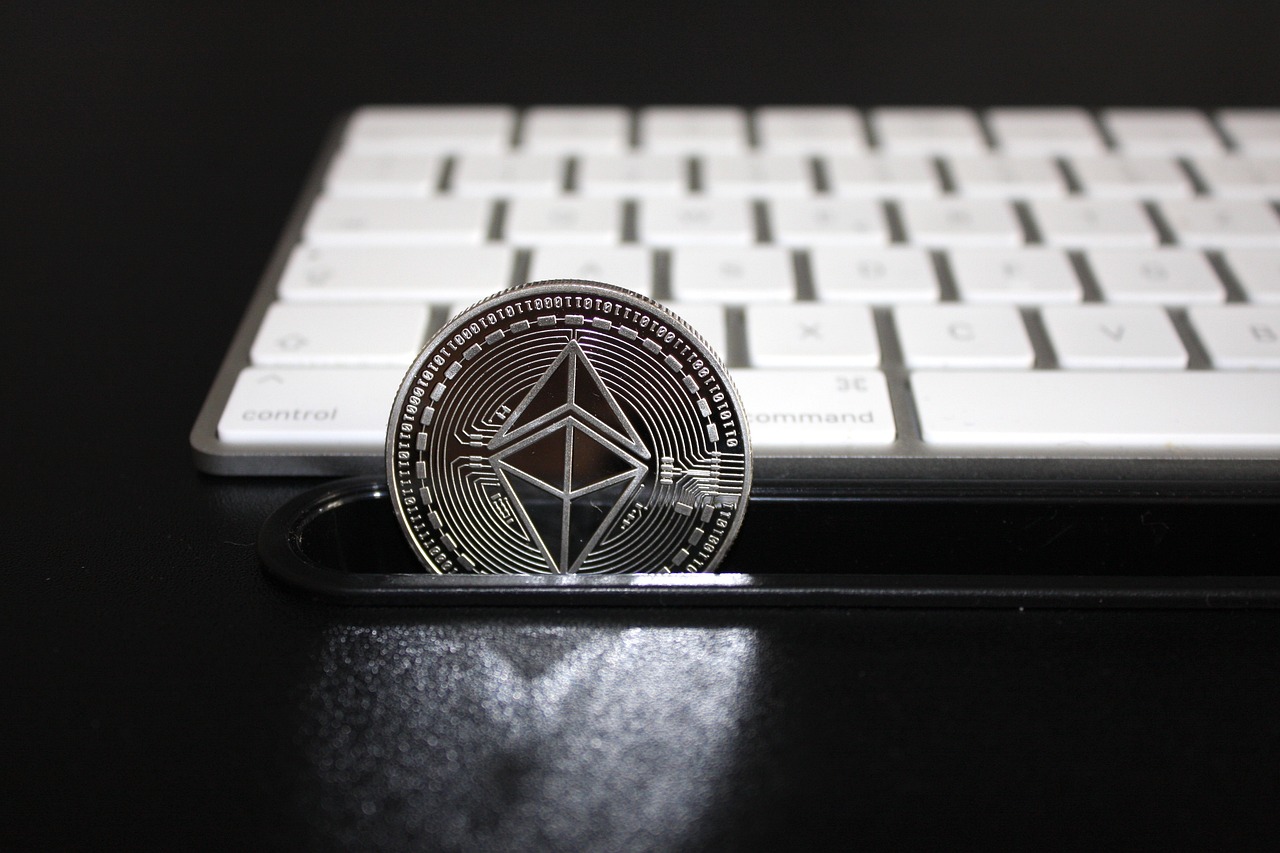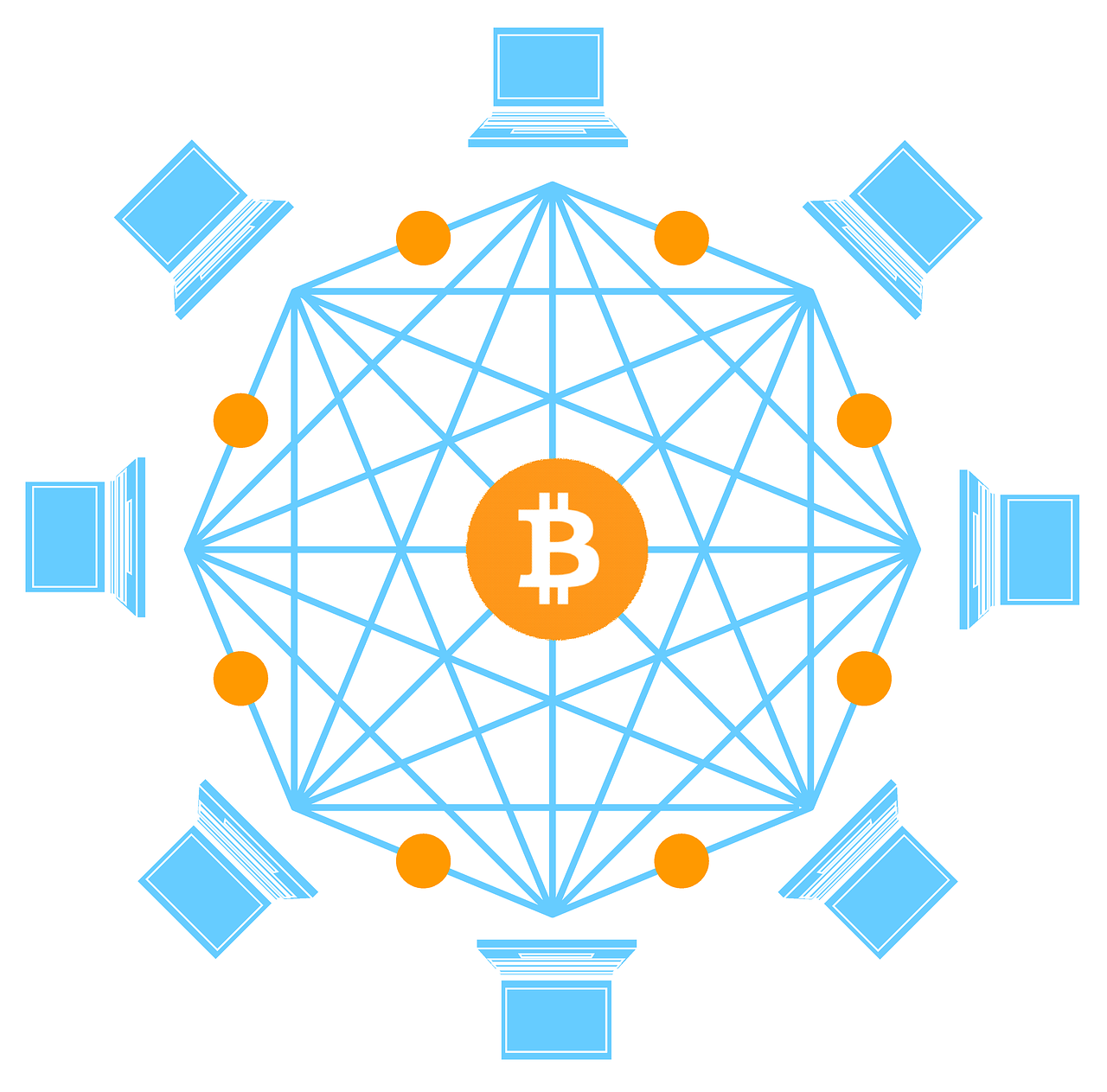Cryptocurrency mining, often dubbed as „digital gold mining,“ has become a hot topic in recent years as blockchain technology and cryptocurrencies gain widespread recognition. In this blog post, we will take a closer look at cryptocurrency mining, the different methods involved, and why it’s considered a fundamental component of the cryptocurrency ecosystem.
Understanding Cryptocurrency Mining: Cryptocurrency mining is the process by which new digital coins are created and transactions on a blockchain network are verified and added to the public ledger. Unlike traditional mining, where physical resources are extracted from the earth, cryptocurrency mining is a digital endeavor that relies on complex algorithms and computing power.
Mining Methods
- Proof of Work (PoW): This is the most common method used by cryptocurrencies like Bitcoin and Ethereum. Miners compete to solve complex mathematical puzzles using computational power. The first one to solve the puzzle gets to add a new block of transactions to the blockchain and is rewarded with newly created coins and transaction fees.
- Proof of Stake (PoS): PoS is an alternative to PoW and is used by cryptocurrencies like Cardano and Tezos. Instead of competing through computational power, validators are chosen to create new blocks based on the amount of cryptocurrency they hold and are willing to „stake“ as collateral.
- Proof of Space (PoSpace) and Proof of Time (PoT): These methods, utilized by cryptocurrencies like Chia, rely on storage space and the passage of time rather than computational power. Users allocate storage space to participate in the network and are rewarded for providing this resource.
- Cloud Mining: Some miners opt to use cloud mining services where they rent computational power from a third-party provider. This method can be less resource-intensive for individual miners but may come with associated fees.
The Importance of Mining: Cryptocurrency mining serves several critical functions within the cryptocurrency ecosystem
- Security: Mining helps secure the blockchain network by making it computationally expensive and time-consuming for malicious actors to manipulate transaction history.
- Decentralization: It ensures that no single entity has absolute control over the network, promoting decentralization and reducing the risk of censorship.
- Coin Distribution: Mining distributes newly created coins to miners, contributing to the circulation of cryptocurrency and incentivizing network participation.
- Transaction Validation: Miners validate and confirm transactions, ensuring the accuracy and integrity of the blockchain ledger.
Challenges and Environmental Concerns
While cryptocurrency mining has numerous benefits, it also faces challenges, including energy consumption and environmental concerns associated with PoW methods. Some projects are actively working on transitioning to more eco-friendly PoS and PoSpace systems to mitigate these issues.
Conclusion
Cryptocurrency mining plays a pivotal role in the world of digital currencies, providing a mechanism for securing networks, validating transactions, and distributing newly minted coins. As blockchain technology continues to evolve, so too will the methods and approaches to mining, seeking to strike a balance between efficiency, security, and sustainability in the digital age.
Disclaimer: Investing in cryptocurrencies carries risks, and it’s essential to conduct thorough research and consult with financial experts before making any investment decisions.


















